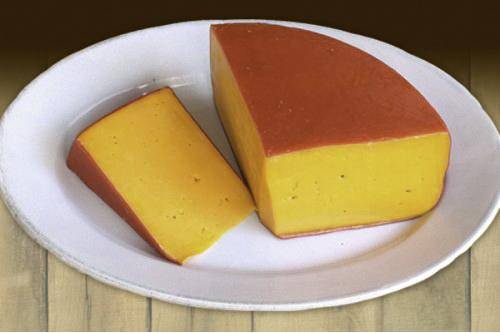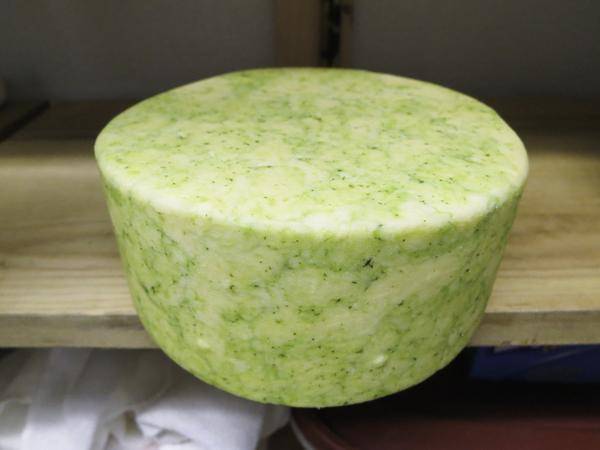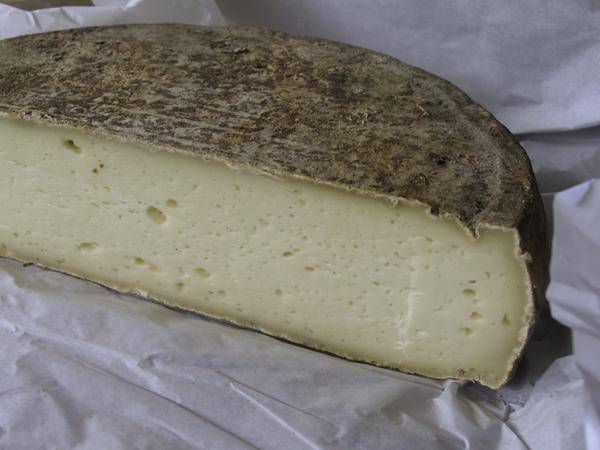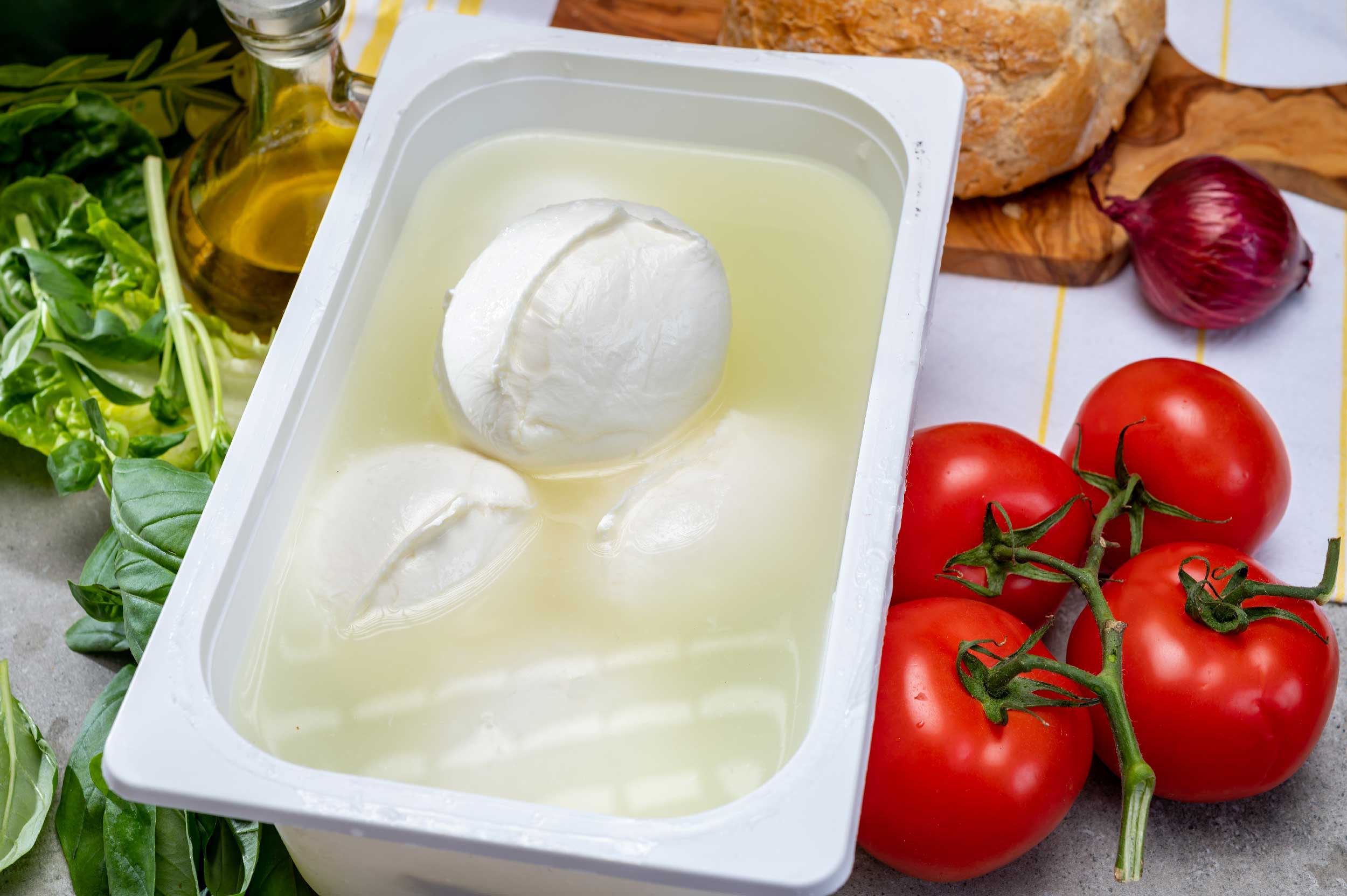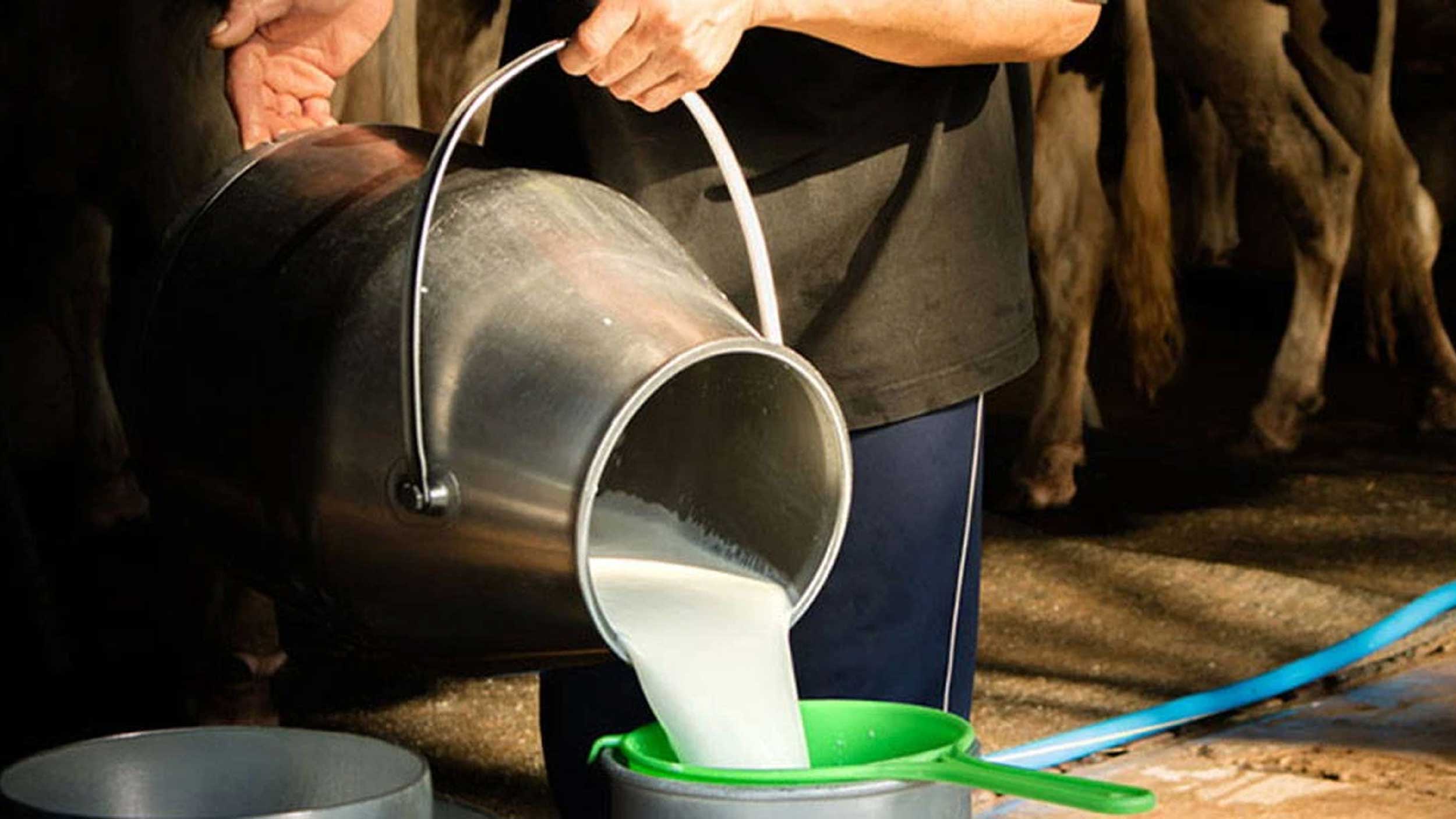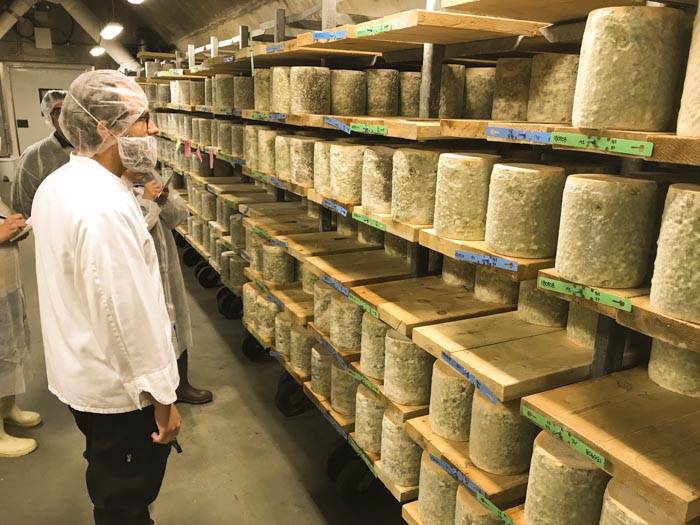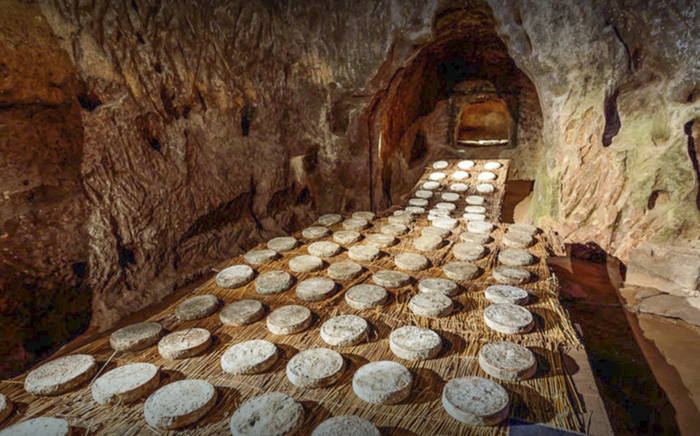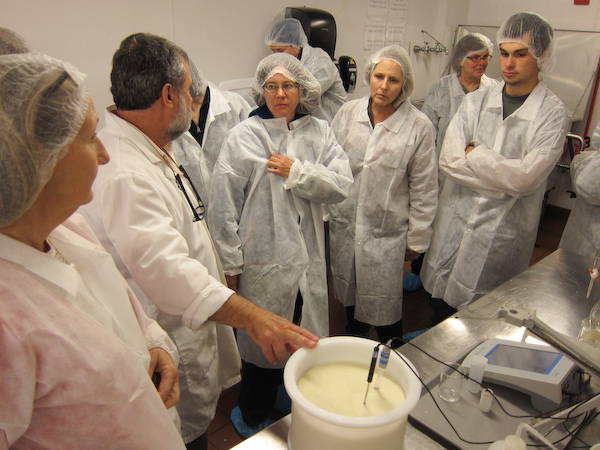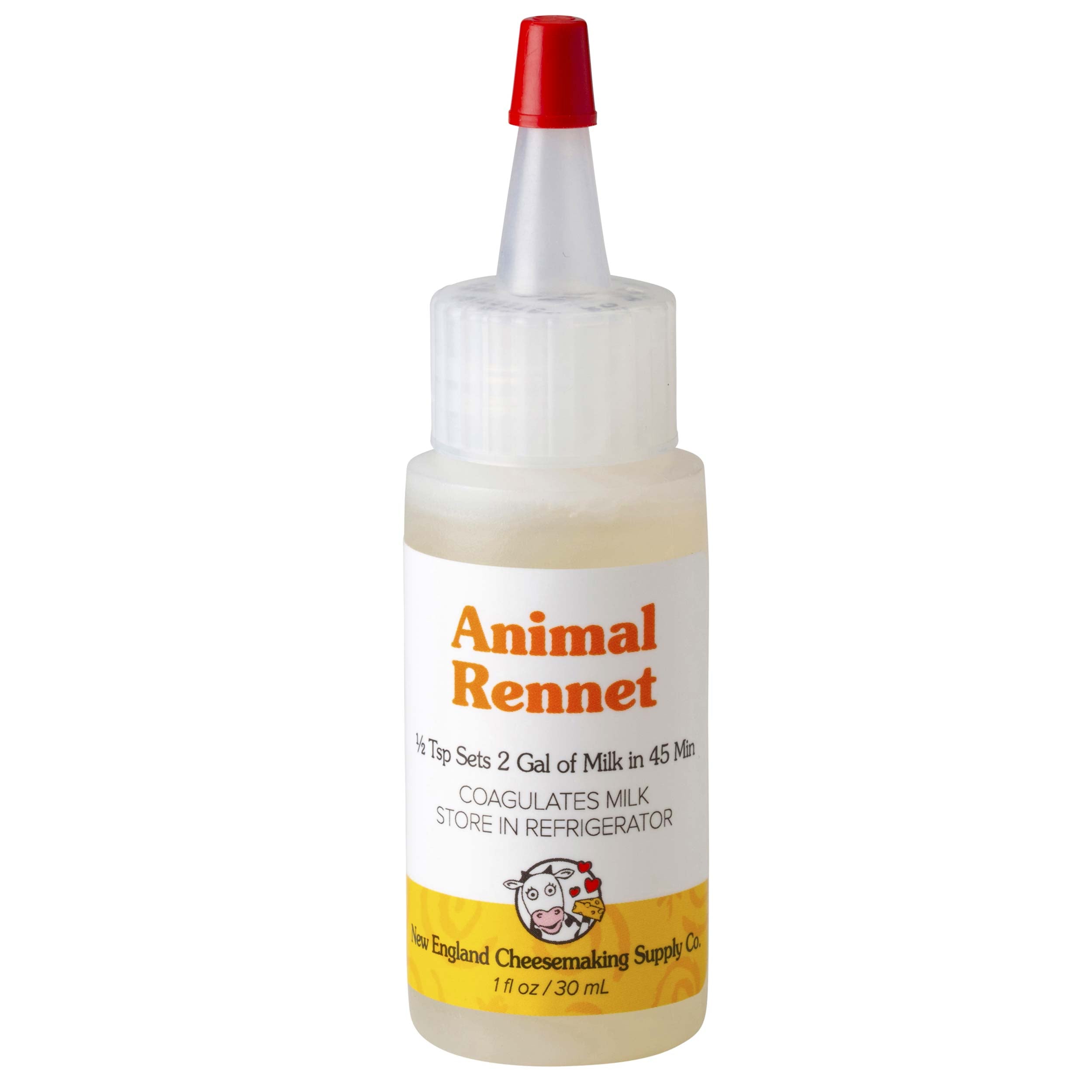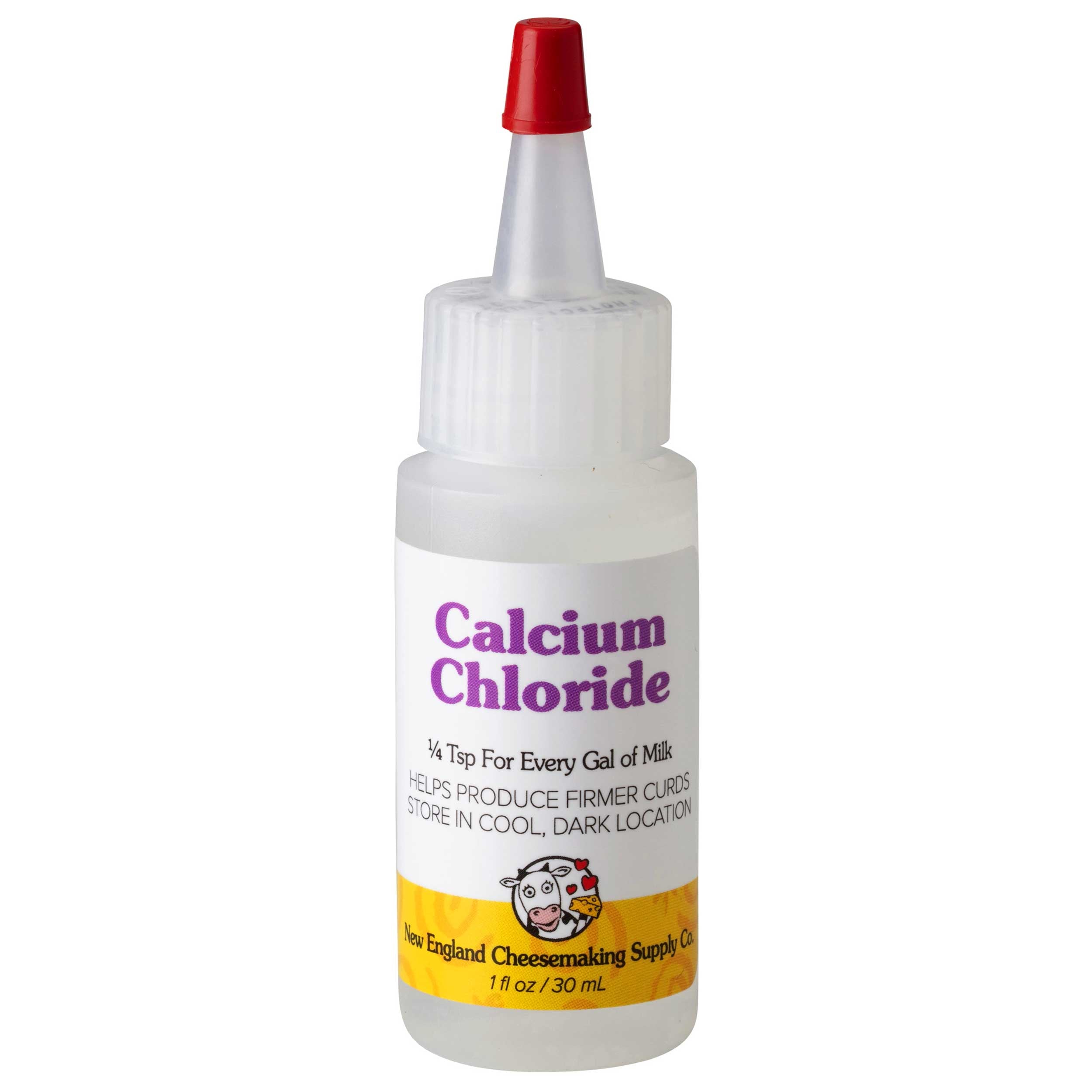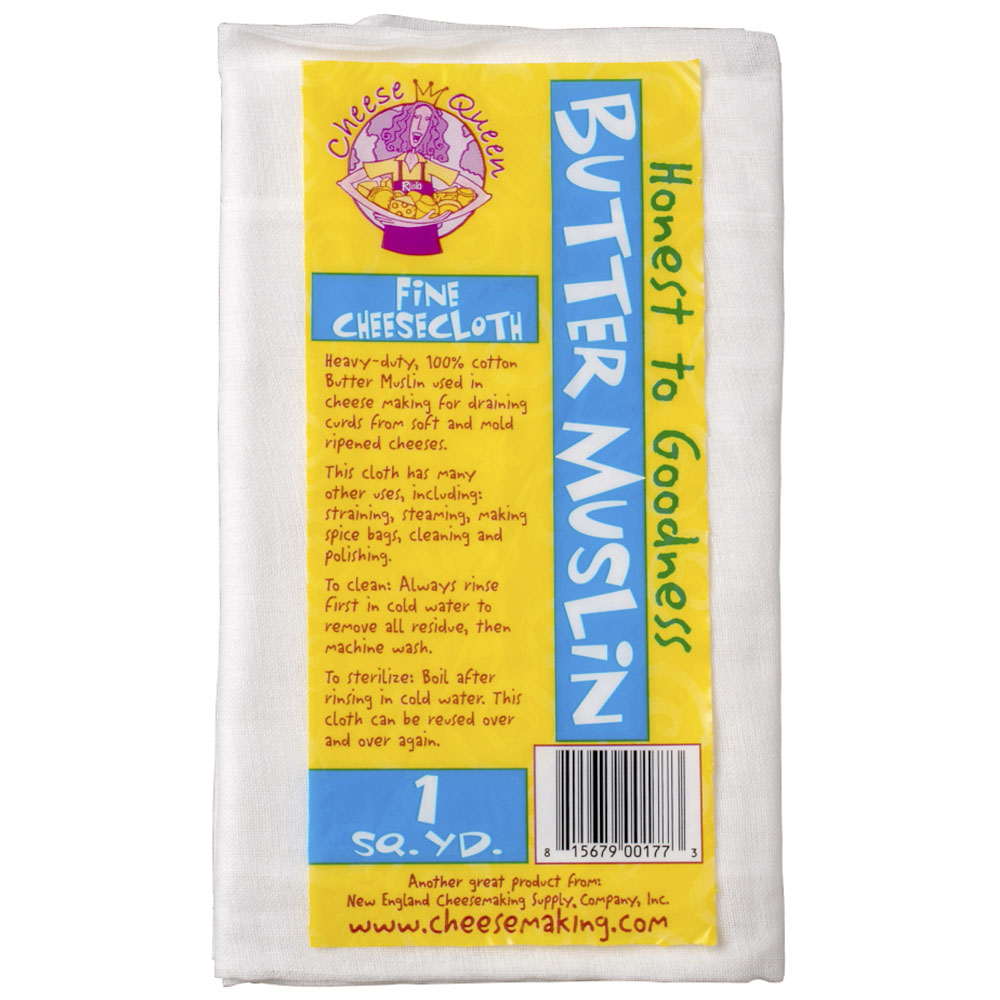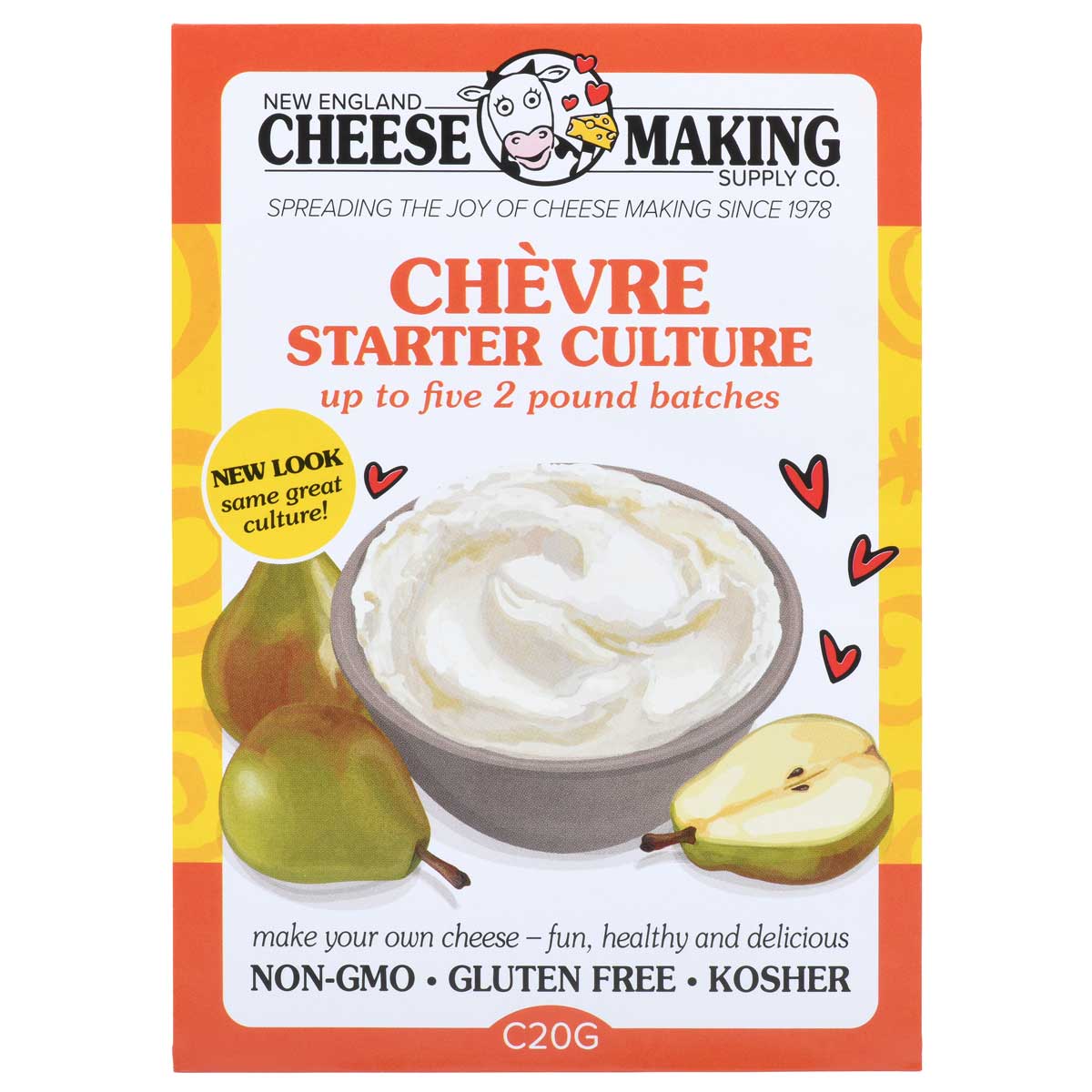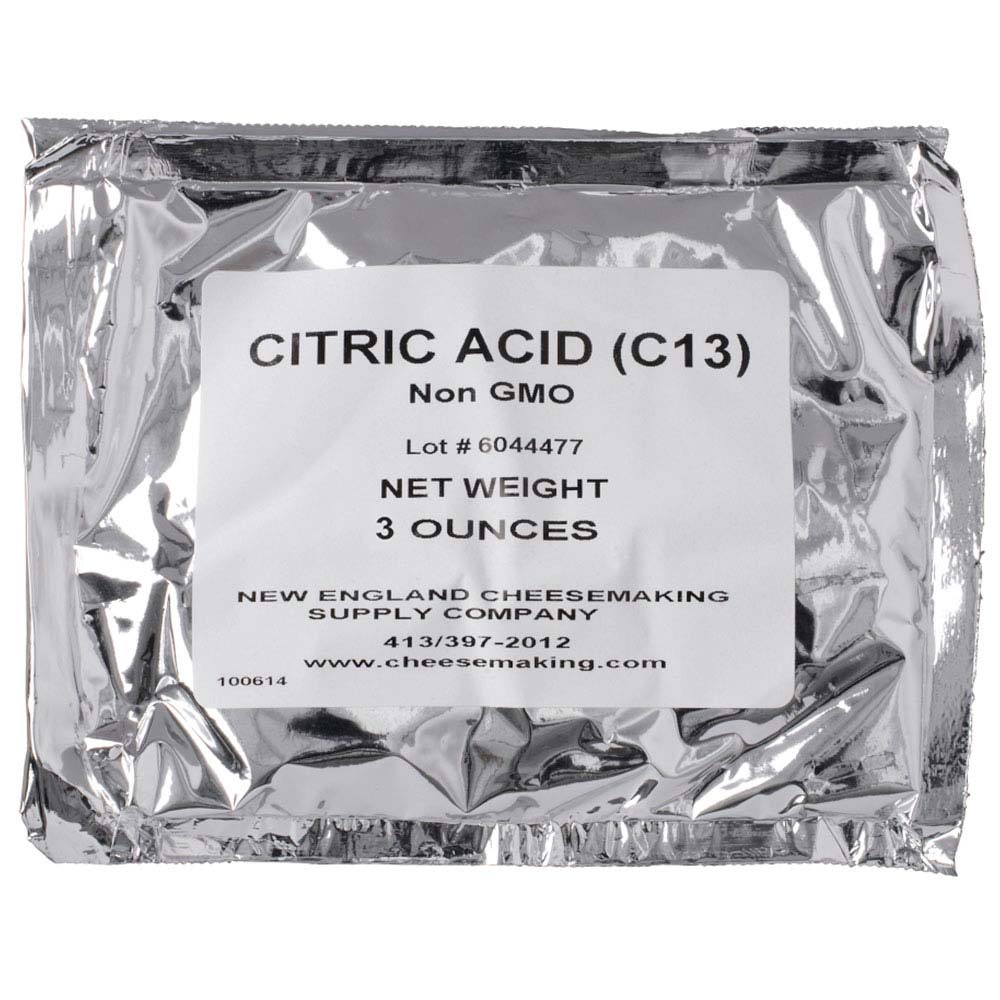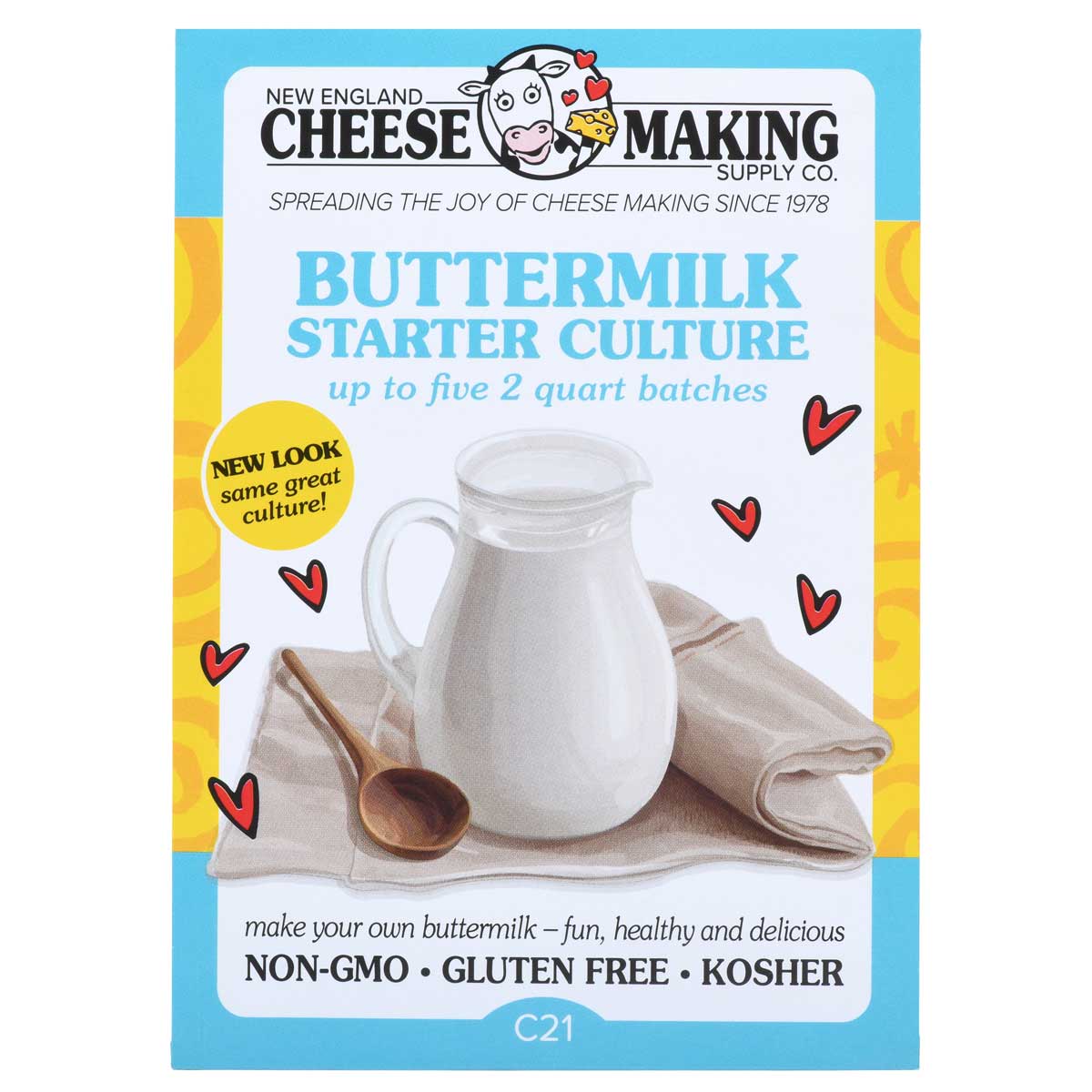Cheese Making Recipe of the Month
Farmstead Cheese
Attention beginners! This is the cheese for you. If you start with this recipe, you will have a solid foundation for continuing your journey into the world of home cheese making.
It's simply an easy cheese to make with a million possible variations. If your grandmother made cheese, chances are this is what she made. When you make it yourself, you will only have to wait 4-6 weeks to taste your results. Yay!
Meet a Fellow Cheese Maker
Andy
Jim Wallace
Andy Cumberland in Brisbane, Australia
It has been a real pleasure getting to know Andy since he first wrote to us with a question about his cheese. We ended up interviewing him for our blog and he graciously shared his recipe for Purple Onion Feta with us. It all began with this note:
Hi, wonderful folk over there in the USofA.
This Ozzie has been making cheese for 2 years or more. However, your latest newsletter helped me realize that I have had a lingering question in the back of my mind, with no real answer that I can find anywhere.
The "penny dropped" when I read Jim's new Queso Fresco recipe. This one melts, where the Blanco doesn't. Might I be so bold as to ask, "Why?"
I've noticed that none of my homemade cheeses melt - not the Purple Onion Feta (Feta curd laced with ground purple onion), Jarlsberg (courtesy of Jim), my Drunken Nut (Hazelnut liquor washed version of Jim's Jarlsberg) nor my Swiss Farmhouse Cheddar (a combo recipe of Farmhouse Cheddar which included a starter culture).
I'd love to know what is different in the cheeses that melt? I know it's not just about hard vs soft because normal Cheddar melts and not my Feta nor my 6 month matured Swiss Farmhouse Cheddar.
I also love your Moosletters. The bacteria that I got from you fine folks survived the trip to Oz okay as well. I also love looking at your new recipes.
You helped inspire an artisanal journey - I now bake bread, do preserves and jams etc, make cheese and make my own sausages. It has been a very exciting ride.
We forwarded his note to Jim Wallace (our technical advisor) and he answered:
Normally, the cheeses that have problems melting are those that develop high acid early in the process or those that develop too much acid. The Blanco is one that reaches a high acid at the very beginning of the process and then is heated to a very high temperature.
It could be that your cheese is developing excess acid and therefore will not melt. This could be from adding too much culture or ripening too long.
Loves Banon Style Cheese
Buffalo Dairy
Hello! My name is Morgan and I instruct a food awareness program at the Colorado Mountain Ranch, a children's summer camp outside of Boulder, CO.
The main reason I am writing is to see if you all might have a recipe or techniques for making a Banon style (leaf wrapped) cheese?
I lived in Marseille, about an hour away from Banon, for several years and am missing it and curious to see if I could reproduce something similar.
But, I also thought I'd share some of the cheese making we do with our campers! Our goat, Zélie, has to be one of the top 5 friendliest goats around and she is a big part of our program.
I work with the kids teaching them how to milk her and how much work and effort goes into bringing milk to the grocery store shelf (both for her and for us).
And then, of course, everyone's favorite part is making cheese! I've attached some pictures of us for your enjoyment, since we get all our equipment from NECS. I just started delving into mold-ripened cheeses and so here we are making Zélie's first Camemberts.
The kids are always so engrossed in the process and while they often flip between amazement and disgust at the details ("Rennet is what?!"), they always walk away with a little bit less mystery on the wonder that is cheese.
Morgan Leon Jenatton, Gold Hill, Colorado
Jim Wallace's Answer:
Banon is a simple lactic cheese drained in a crotin style form. The big deal, though, is the wrapping in the chestnut leaves soaked in the local eau d'vie or brandy, then tied up and aged to the point you like it.
I just returned from the American Cheese Society competition and brought back a cheese like this wrapped in grape leaves. My friends devoured it in seconds.
Using Whey
I've used whey from Ricotta and Mozzarella in place of skim milk in my honey whole wheat bread recipe, but my favorite way to use whey is to freeze it and use it later as stock in soups (veggie, chicken, beef, anything). I just add the frozen chunk and let 'er simmer.
In both cases, I can decrease the amount of added salt, and for the bread, the amount of butter or margarine, from what the recipes call for.
Rue Manning, Newark, Delaware
The Search for Good Milk
I recently purchased your Mozzarella Kit and successfully made my first batch! Thank you for putting together such a great kit and superb instructions!
Because I was making it with the chance that my medically fragile mother would eat it, I had to have pasteurized milk (I just couldn't take the risk of raw milk) and went on the hunt for something local to me (Bristol, CT) that would work. After reading countless milk jugs and finding them all "ultra- pasteurized," I finally came upon Garelick Farms at Stop & Shop. Garelick whole milk is only labeled "pasteurized." I decided to give it shot and that is what I used to make my first Mozzarella.
I've attached a picture of my cheese (above). It tasted as good as it looks! I can't wait to make more!
Cindy Jendrejcak, Bristol, Connecticut
(Don't forget to check our Good Milk List for sources in your area.)
"Raw" Yogurt
I use your yogurt cultures and our RAW milk. I put both in a container right out of the refrigerator/freezer, and then put into our proofer at 105F. (I have a professional kitchen.)
24 hours later, we have the most divine yogurt you can image. The butter floats to the top, and is amazing on top of the yogurt.
The thing we like most about this is that the yogurt is not pasteurized. The proofer handles the temperature. Works the same way as a yogurt maker, but more precise.
I am attempting to make Mozzarella the same way. I will let you know how it comes out.
Rebecca Winans, Aiken, South Carolina (Chapter Leader for the Weston A Price Foundation
Ricki's Lifetime Achievement Award!
There is no greater honor in the American Cheese Society than to be awarded the Lifetime Achievement Award. This award is given annually, at the ACS Conference & Competition, to an individual who has contributed to the artisanal cheese industry in North America. Ricki was this year's recipient! She was thrilled, of course, and we were very proud of her.
The president of the ACS, Greg O'Neill announced the winner.
Judy Schad, of Capriole spoke about Ricki's many accomplishments.
Alyce Birchenough of Sweet Home Farm told about Ricki's support of the American Cheese Society.
After Ricki received her award, we proudly displayed the plaque at our table.
After accepting her award, Ricki said a few words about the future of artisan cheese in this country.
Ricki's Lifetime Achievement Award.
Lamb Lipase (L2)
Yay! Sarah has found us yet another new product! If you are making Feta, Romano or Provolone, this is the lipase for you. It will give your cheese that "Old World," picante flavor.
What is lipase?
Lipase (pronounced lie-paze) is one of at least 60 enzymes living in real milk. Lipase enzymes attack the fat globules and break them down. This releases free fatty acids. When this happens the way it is supposed to, during the ripening of the cheese, it gradually increases the picante flavor of the cheese. It also makes the texture smooth and velvety.
Lipase enzymes are destroyed when milk is pasteurized. Therefore, we recommend adding lamb lipase if you are making any or all of the three cheeses (above) with pasteurized milk. (If you are using raw milk, a tad of this may make just the difference you need to bring your cheese to a higher level of taste perfection.)
Please send your cheese making news & photos to: moosletter@cheesemaking.com






























